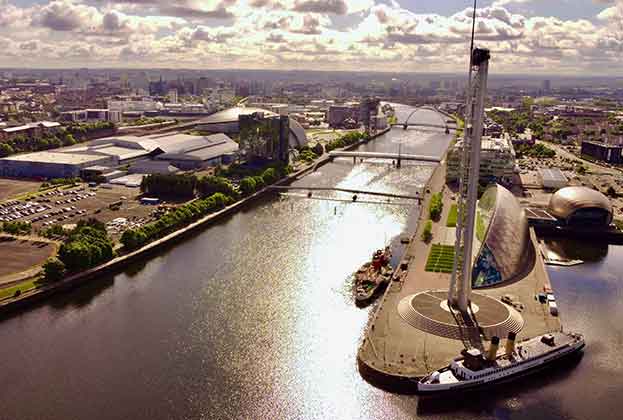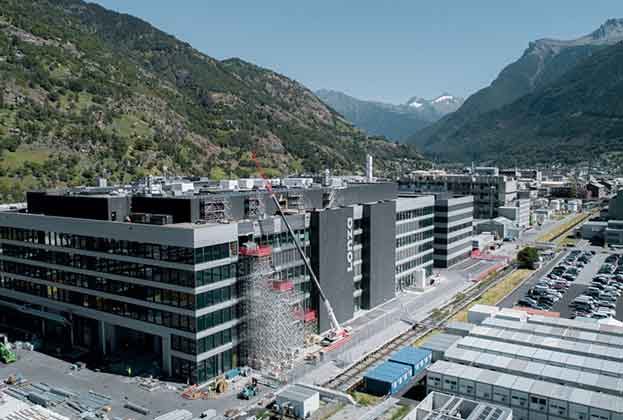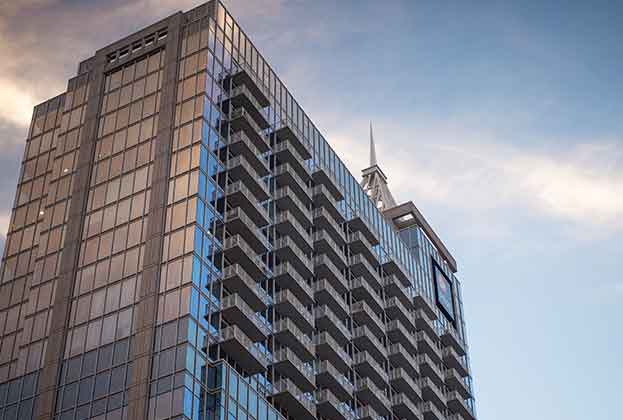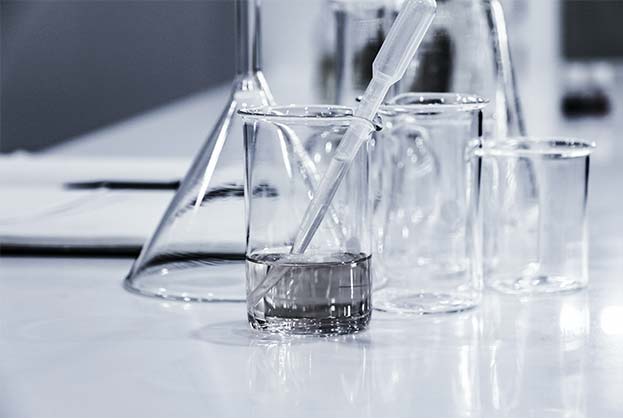A positive outlook for the life science sector
Key drivers of demand in China are not too dissimilar to many other global markets although the scale of the challenge, urgency and support are of a much larger magnitude. China’s population is one of the largest and most rapidly ageing in the world, meanwhile, the prosperity generated from three decades of rapid growth has increased the willingness to spend on healthcare as well as the necessity as lifestyle diseases are on the rise. There has also been an increasing awareness of health issues, especially in the context of Covid-19 and a willingness of the government to support R&D expenditure and investment into the sector.
Shanghai’s biopharmaceutical industry was valued at RMB700 billion in 2021 have expanded 16% over the last year. The Shanghai Economy and Information Technology Commission (SHEITC) reported that 41 of the 57 leading MNCs in the sector have established regional HQs, R&D centres, functional offices or manufacturing bases in the city. According to PitchBook, Shanghai was the largest recipient of venture capital (VC) funding in China over the last three years, with early and later-stage financing totalling US$12.5 billion more than double second-placed Beijing. Unlike many developed western countries, China’s largest cities tend to lead or dominate many industries, with the leading cities boasting the best ecosystems.
Shanghai has continued to attract a stable of leading international and domestic life sciences firms over the last decade. Recent examples include Clover Biopharmaceutical which recently announced plans to build a 25,000 sq m R&D centre in Zhangjiang with plans to recruit hundreds of employees in the area, as well as AstraZeneca’s securing a new 15,000 sq m premises in Jing’an district as its global R&D centre.
The city’s five-year plan outlines the target of growing the sector to RMB1.2 trillion by 2025, more than doubling its current scale in just four short years
Louisa Luo, Head of Industrial and Logistics, Savills China
Healthcare firms with their often sizeable real estate budgets, tend to prefer high-profile projects in traditional business areas for their main offices. Nanjing Road (W), the city’s most expensive submarket, has 22% of its tenanted space leased to healthcare companies by the end of 2021, meanwhile, the new up and coming submarket of Qiantan in Pudong, has been able to attract leading international and domestic pharmaceutical firms such as Bayer, BD Medical, Takeda Pharmaceutical and I-Mab Biopharma.
Shanghai is one of the most expensive cities in China to rent life science real estate. Rents can vary significantly depending on the project's Environment Impact Assessment (EIA) licence and what the EIA allows. Projects without an EIA typically charge rates lower than the cost of offices in the same area while those with EIA licenses can be significantly higher given the lack of supply.
View from China
Just five years ago the life science real estate sector in China was largely ignored by investors. The sector remained largely underdeveloped, opaque, and illiquid with high entry hurdles and regulatory risk. Real estate investors instead focused on traditional asset classes which presented more opportunities, greater transparency and liquidity, especially in leading cities, as well as strong tenant demand supported by economic growth. 2018-2019 marked a watershed moment for investors as a slowing economy and tighter financing environment made underwriting commercial assets challenging. At the same time the government was emphasising the importance and its support of new economy sectors, basic research and core technologies.
Real estate investors have since looked to rebalance portfolios to gain exposure to these more niche asset classes. The key challenge remains a lack of investment-grade stock (even in leading cities) and rising competition. A handful of deals have been concluded in recent years; however, they are nearly all small-scale single assets typically with an add-value angle and ticket prices typically remain below US$200 million.
Read the articles within Spotlight: Life Sciences – Trends & Outlook below.
.jpg)






